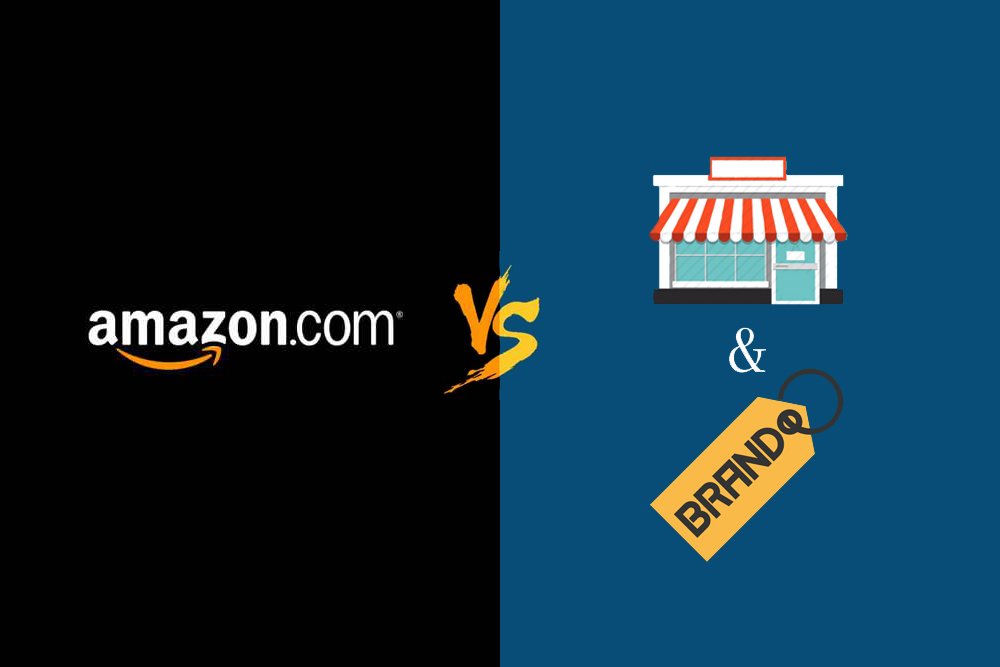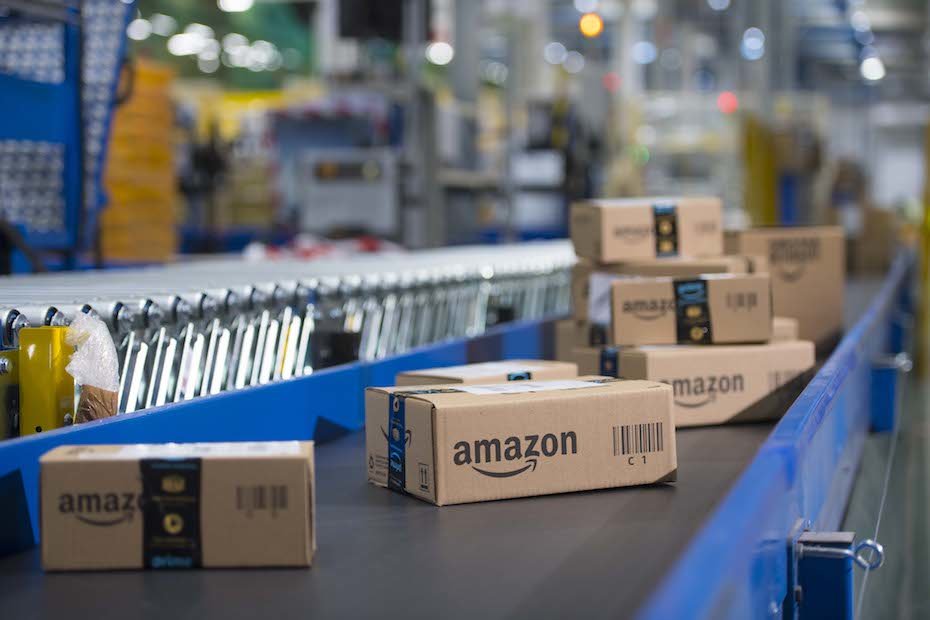Amazon vs. eshop: How to win the battle against the ecommerce Goliath?
BlogAugust 25, 2021

When people talk about ecommerce, they immediately think of Amazon – the online sales giant that has achieved record results in the first three months of 2021. With profits more than tripling and a 44% increase in turnover to 108.52 billion, Amazon is a champion of ecommerce and it seems as if there is no match between the marketplace giant and individual retailers' eShops. But that is not quite the case. While Amazon has set the standard for ecommerce within the United States, becoming a benchmark for all online stores, this is not the case when it comes to cross-border commerce in Europe. Let's see why.

The funnel strategy. Retain your customer
To understand how the online shopping experience works, we need to start with a marketing theory – the funnel strategy. In the past, the strategy used by companies to reach their desired audience was to "shoot in the dark", without worrying about whether a person might actually be interested in the brand. Today, thanks also to modern communication techniques, we think more in terms of different steps: understanding who the target audience is, filtering them and elaborating an ad hoc message. Funnel Marketing – or funnel strategy, in fact – is a process that draws the audience towards an increasingly specific path to transform an unknown person into a loyal customer, so that they become a conscious brand ambassador, an enthusiastic customer happy to choose a product or a service of a brand. Let's see now how an eShop can win the challenge against Amazon by applying the funnel strategy.
Personalisation: unique products and loyalty programmes
The golden rule is to create a truly personalised shopping experience. Amazon, as we know, is a real ecommerce bigwig, but that's not necessarily enough. A good counter-offensive for the retailer who wants to rise to the challenge of cross-border online commerce is to offer the customer who arrives at their eShop unique opportunities. One of these could be to have access to products that can be previewed on your own site or even to think about items that are only available on your own store and not on Amazon or other marketplaces. Similarly, the creation of special loyalty programmes that reward loyal customers with discounts on shipping costs or items, or with free products, are an excellent strategy to strengthen the bond with the user and encourage purchases from your online store.


Simplicity: shipping and returns
The winning technique is to take advantage of Amazon's highly standardised experience and turn it into a strong point of your brand's online store offering. This starts with shipping. Offering a low-cost shipping system for the user, managed with a clever mix of a regional courier network and a worldwide shipping hub, can help a brand to better satisfy its customers. Then there are returns. The ability to return goods and the return methods play a significant role in customer satisfaction. It is precisely this area that remains a grey area for the giant Amazon, which from a cross-border perspective lags behind in terms of the ease and intuitiveness of the process.
Transparency: costs, payments and language
If a brand wants to win the challenge against Amazon in cross-border digital commerce, it has to be clear and offer a very intuitive experience, especially in the final phase of the purchase. A key tip in this respect is to include duties and taxes in the final price. Amazon does not do this and the user sees the cost of the basket increase when checking out. A similar argument applies to payments. Statista found that 17% of customers abandon their shopping cart because they do not want to provide their payment details to the site and 7% of these said the main reason was the lack of sufficient payment methods. The winning strategy for cross-border sales is to localise payments by offering payment methods preferred by users in the countries in which you want to sell: a Dutch buyer, for example, will prefer iDeal, a German buyer will use SOFORT. Similarly, offering a multilingual digital shop will greatly increase your chances of success. According to a Eurostat survey, 56% of Europeans would not buy from online shops in other countries that do not cover the language of the buyer.

In summary
Amazon offers a one-size-fits-all experience and this is not a good thing, especially when we talk about selling cross-border in Europe – an extremely fragmented market: just think of aspects such as language, currencies and tax regimes. The key word, therefore, for all retailers who want to win the challenge of cross-border ecommerce, even in competition with the big online sales giants, is customisation. Investing in the shopping experience is the winning strategy for brands that want to increase their cross-border business: live chat, easy navigation, country-specific promotions, video content to encourage deeper engagement with the customer, loyalty programmes, and attention to packaging are all tools that make the difference between a user experience built on the country of destination of the goods and a standard one.

